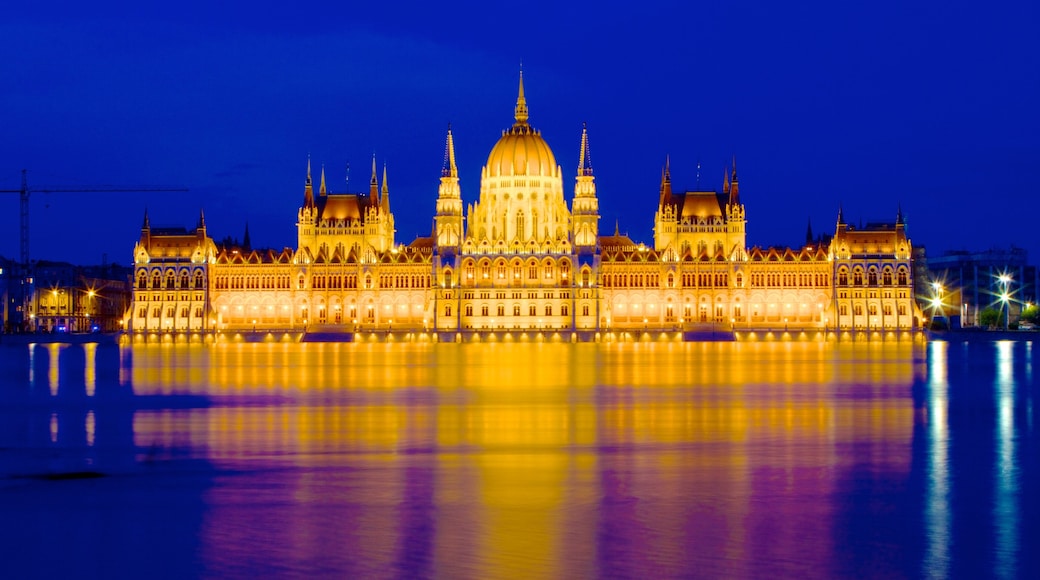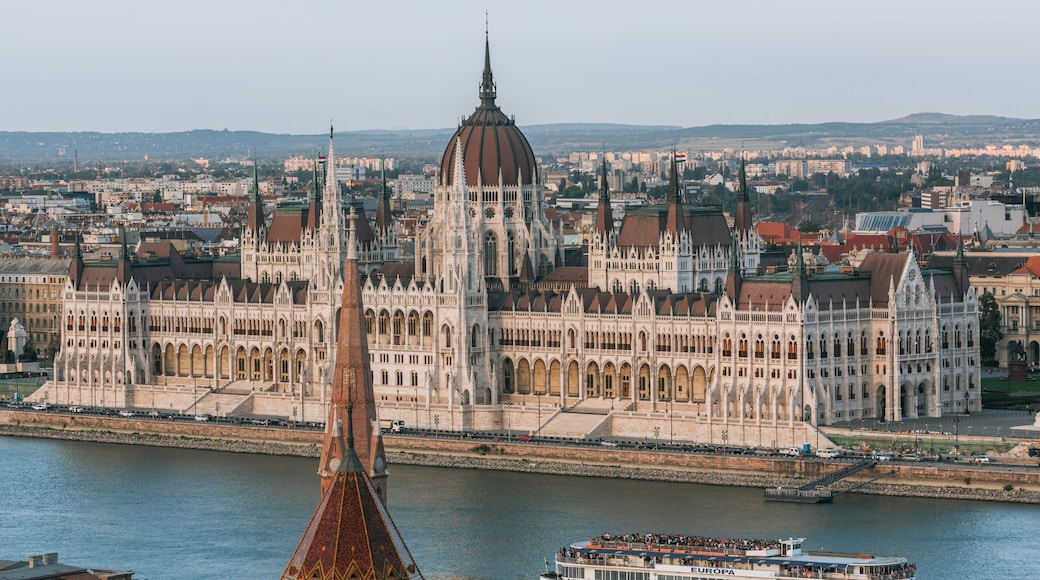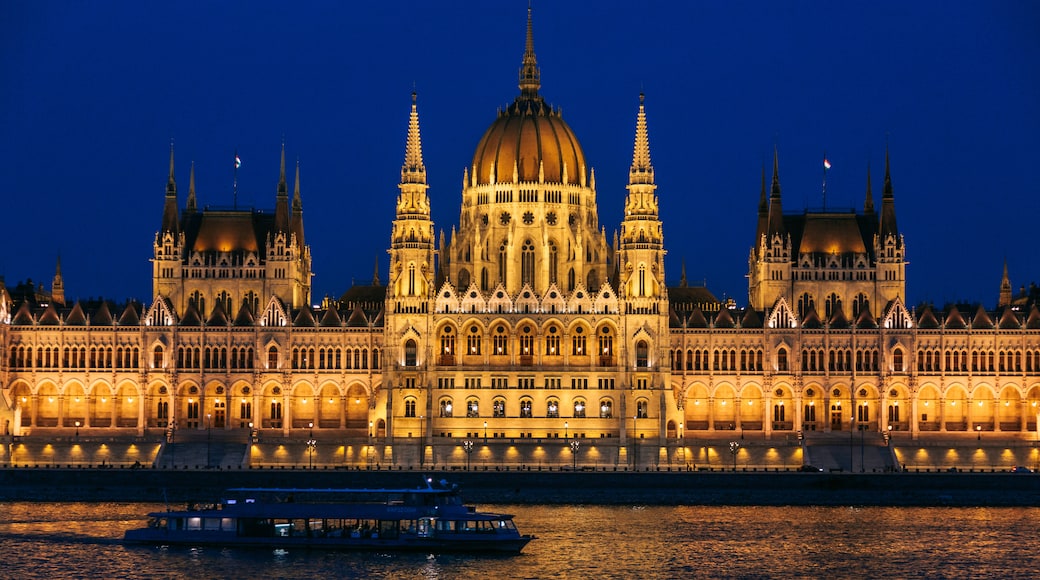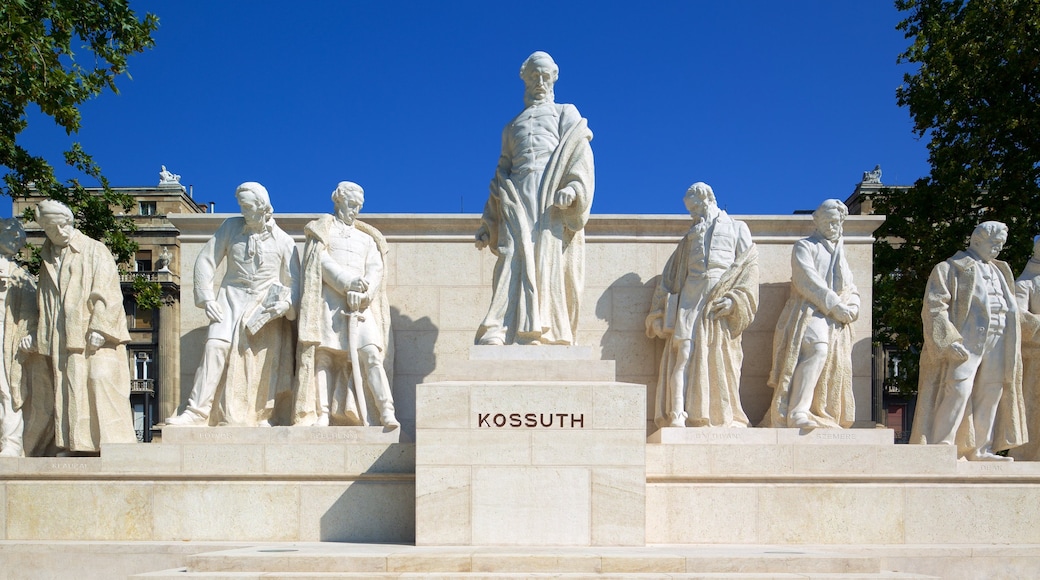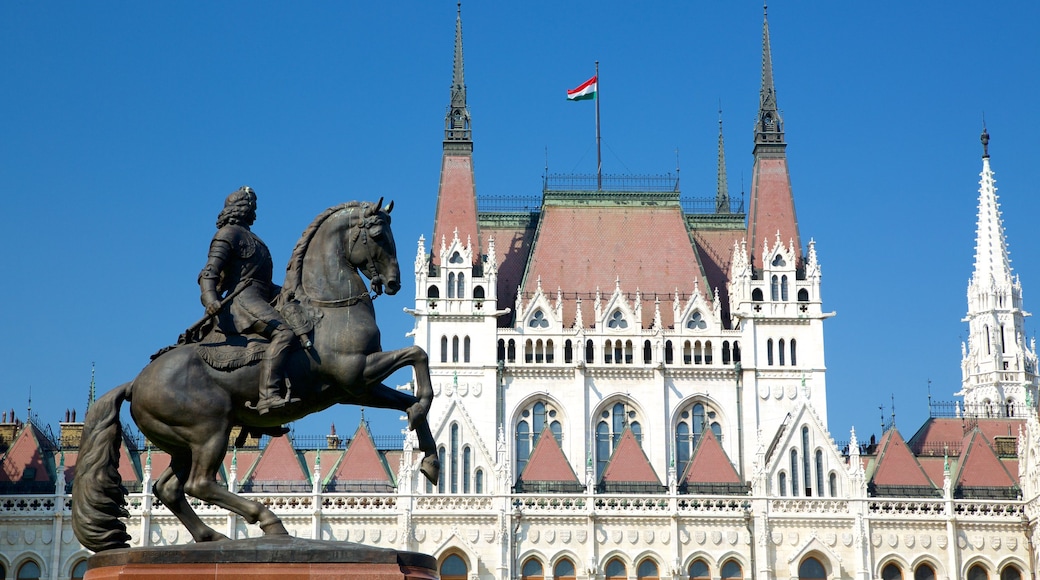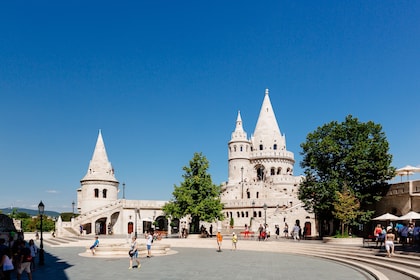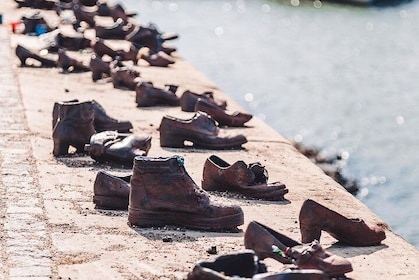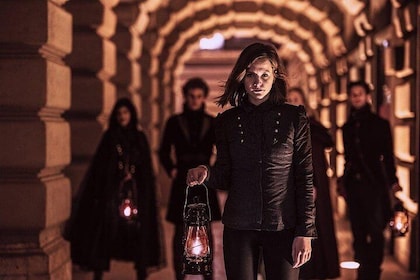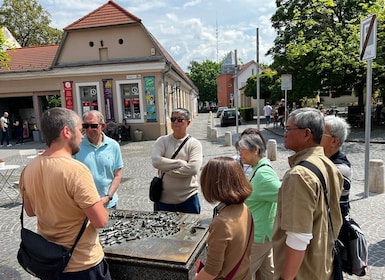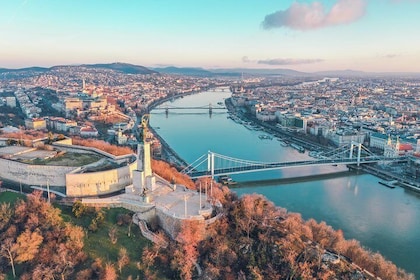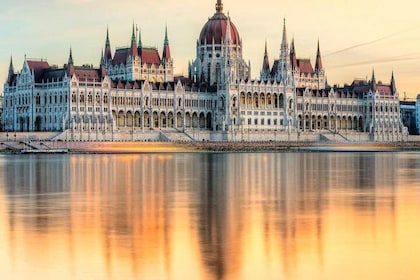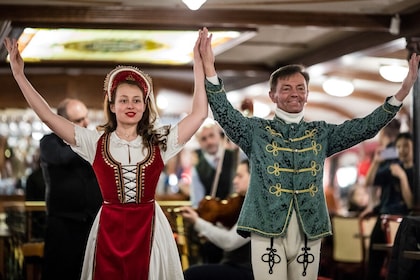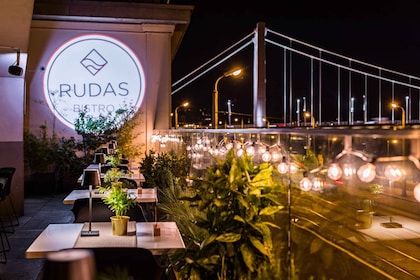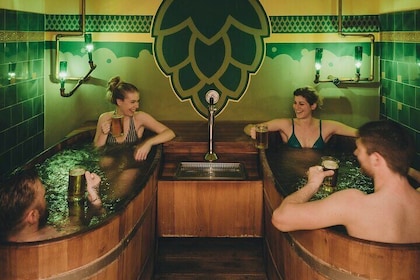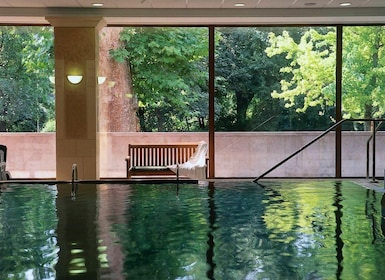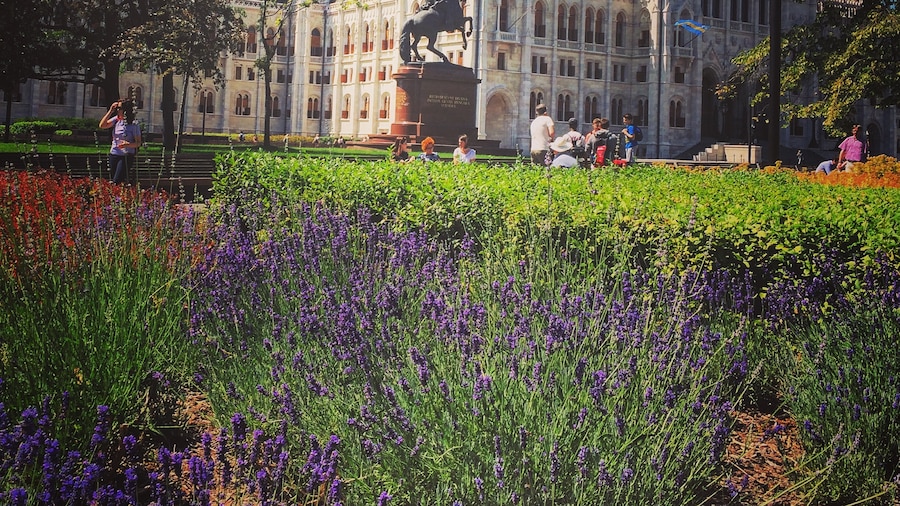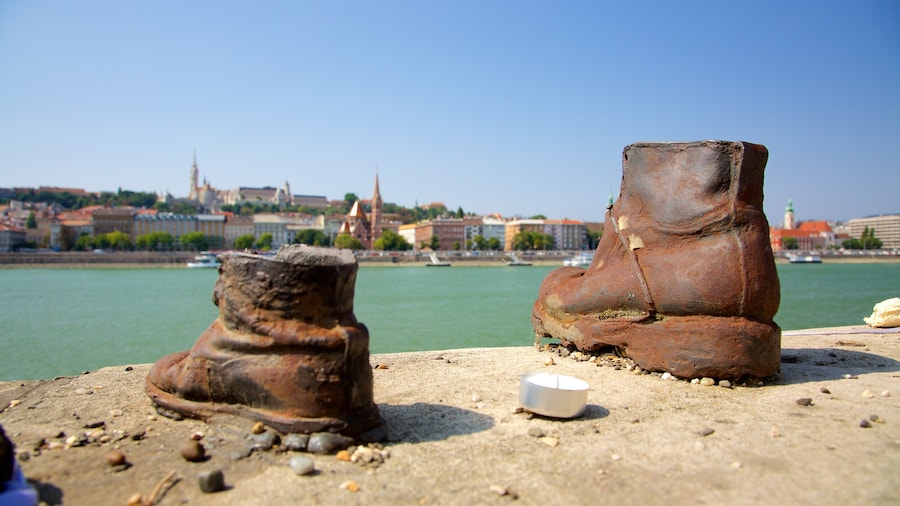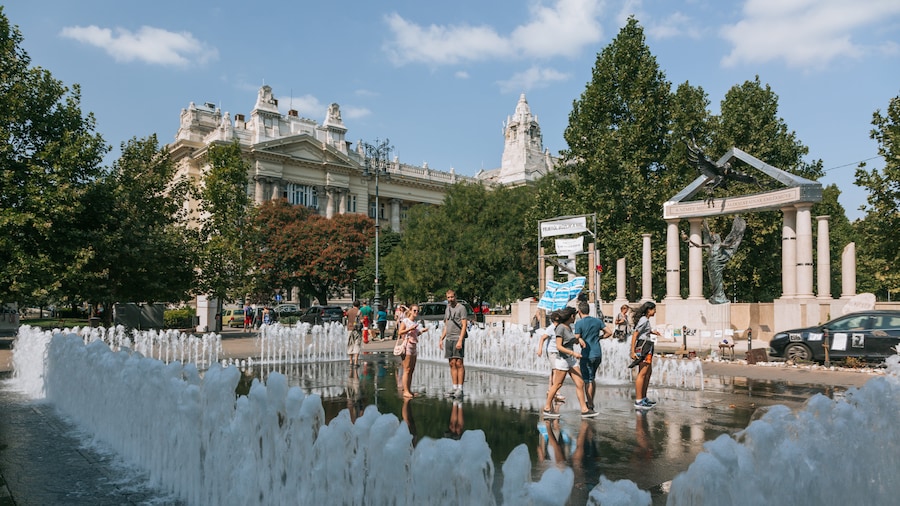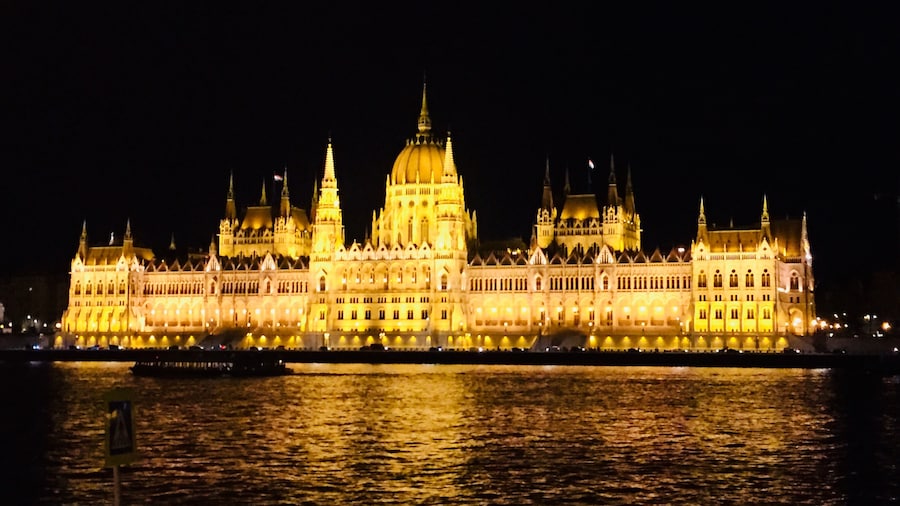The majestic white-and-red Parliament Building is adorned with half a million precious stones, 40 kilos of gold – and a uniquely Hungarian grandeur.
Hungarians call this palatial parliament building, lying resplendent on the banks of the Danube, the 'House of the Nation'. And it is certainly a grand house, fit for a country as proud of its democracy as Hungary is. A mass of white pinnacles, topped by a mountainous red-roofed dome, the Parliament Building is huge. At nearly 270 metres in length, 100 metres wide and 96 metres high, this century-old marvel is the tallest building in Budapest – and in fact the largest one in the country.It's not just size that the Parliament Building can boast about. It is widely acclaimed as one of the most impressive blends of Gothic and Renaissance revival styles in the world, managing to be both majestic and elegant – while still uniquely Hungarian. It was designed by Hungarian architect Imre Steindl, who also built the St. Elisabeth Church and the Hunyad Castle. Sadly he lost his eyesight before the Parliament's completion in 1904.One the many remarkable things about this awe-inspiring building is that it was designed to be home to two houses of parliament – but only the National Assembly now meets in it. That has freed up one of its two identical wings for guided tours. So visitors can be shown around an almost exact replica of the working parliament, in all its architectural glory.The entrance, away from the river-side, leads into the famous central hall, with its 16-sides supported by smoky-gold pillars, and decorated with a fine tracery of gilt. It is here that one of the most sacred objects in Hungary – the Holy Crown of Hungary is on display. This is the coronation crown that many believe was first used by King Stephen I, in AD 1001 – and by all Hungarian kings since.The grand stairwell leads into the upper house. Its pointed ornamental arches and altar-like speaker's platform give it an almost cathedral-like atmosphere. This was the assembly room for the House of Magnates, where princes, bishops and peers met from 1902 until 1946. Now it stands empty, but is a powerful symbol of one Europe's oldest parliaments.
